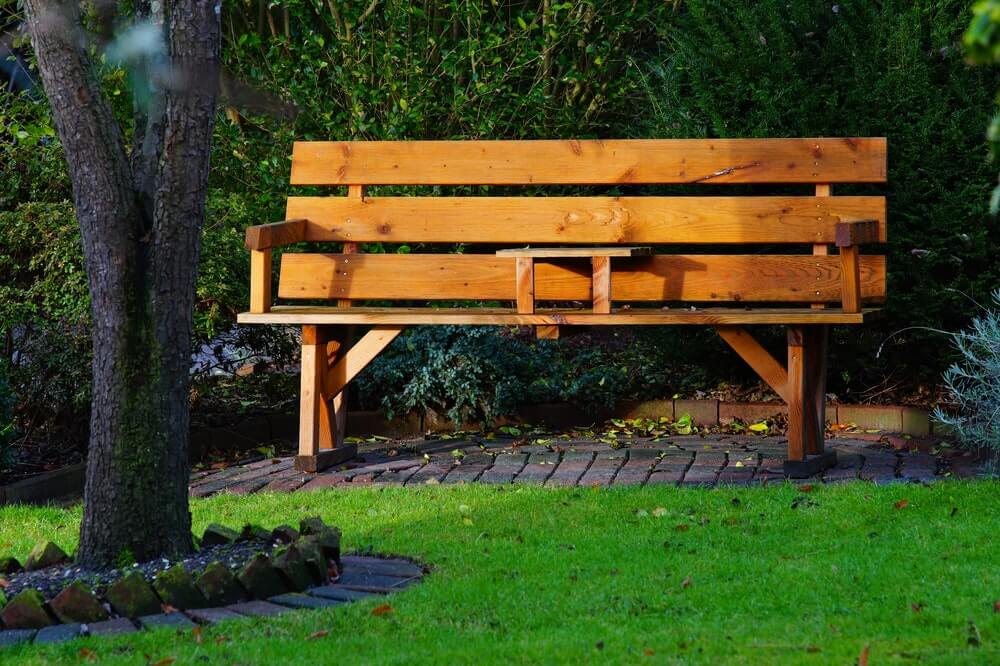Landscaping Your Backyard for the First Time? Consider Some Basic Principles

Are you dreaming about having a beautifully landscaped backyard? Does it feel daunting to do it yourself? Rest assured, many people have thought that and did it themselves – and so can you. But first, there are some landscaping design principles to bear in mind.
Early Considerations to Inform Your Landscaping Design
First, decide how you want to use your backyard. Do you want to create a flower or vegetable garden, an entertainment space, a relaxing haven, or a combination?
Then see if there is enough space for your grand idea, and think about where the sun hits and the wind passes through.
Basic Principles of Landscaping
As a first-time landscaper, it is okay to combine ideas you have seen in gardens, in books, or online with your own. But, before you start, it would be wise to consider some basic principles.
7 Principles of Landscape Design
1. Unity
Unity in landscaping is about achieving consistency with common elements in your design. You can repeat some elements to bind the overall design together by using pavers, sleepers, retaining walls, and plants, to name a few. The secret is to fit those elements together to create a theme or common unity.
2. Balance
You can achieve balance by spreading the common elements equally across your design or unequally. It is okay if one side of your design looks different from the other.
3. Colour
The use of colour helps you bring real-life dimensions to your design. When viewing objects with warm colours (yellow, orange, red), the perception is that those objects are closer to the viewer. Cold colours (green, blue, purple) appear further away.
4. Harmony and Contrast
At first glance, these two words are contradicting, but contrast helps accentuate some design elements while harmony brings unity. When you place contrasting elements–physical elements, shapes, and colours – alongside each other, the onlooker will notice both immediately, creating a sense of harmony.
5. Transition
Transition is about achieving a gradual change between design elements such as the size of plants or pots and the intensity of colours. The shape of plants and the texture of different elements can enhance transition.
6. Line
The line is most important in landscape design. The viewer’s eye follows the line created in the garden, which could be walkways made of bricks and pavers, garden beds, retaining walls, to name a few. Lines also give an illusion of distance and depth.
7. Repetition
Repetition relates to the first principle, unity. While it is good to include several elements in your design, you may want to avoid including too many unrelated elements as it will make your design look cluttered and unplanned. Repeating and overusing the same elements can make your garden look uninteresting.
Fulton Brickyard is Ready to Serve You
Here at Fulton Brickyard, we supply quality landscaping products whilst providing innovative advice and solutions to domestic and commercial customers at the same time. Our range of bricks, pavers, sealers, and edging solutions is here to help Melbourne homeowners and landscapers like you to turn your vision into a reality. Get in touch with us today to discuss your landscaping needs!
- Are Sandstone Paver Walkways Safe for Pets and Children?
- Artificial Turf vs Natural Grass: Which is Better for Your Yard?
- Can You Pressure Wash a Wooden Deck?
- The Benefits of Permeable Pavers in Stormwater Management
- The Importance of Proper Drainage Planning for Your Backyard or Garden
- Common Mistakes to Avoid When Cleaning Sandstone Pavers
- How to Repair Broken or Sunken Pavers
To learn more about the outstanding benefits of our expressive, evocative,
and natural granite pavers call us today on:
